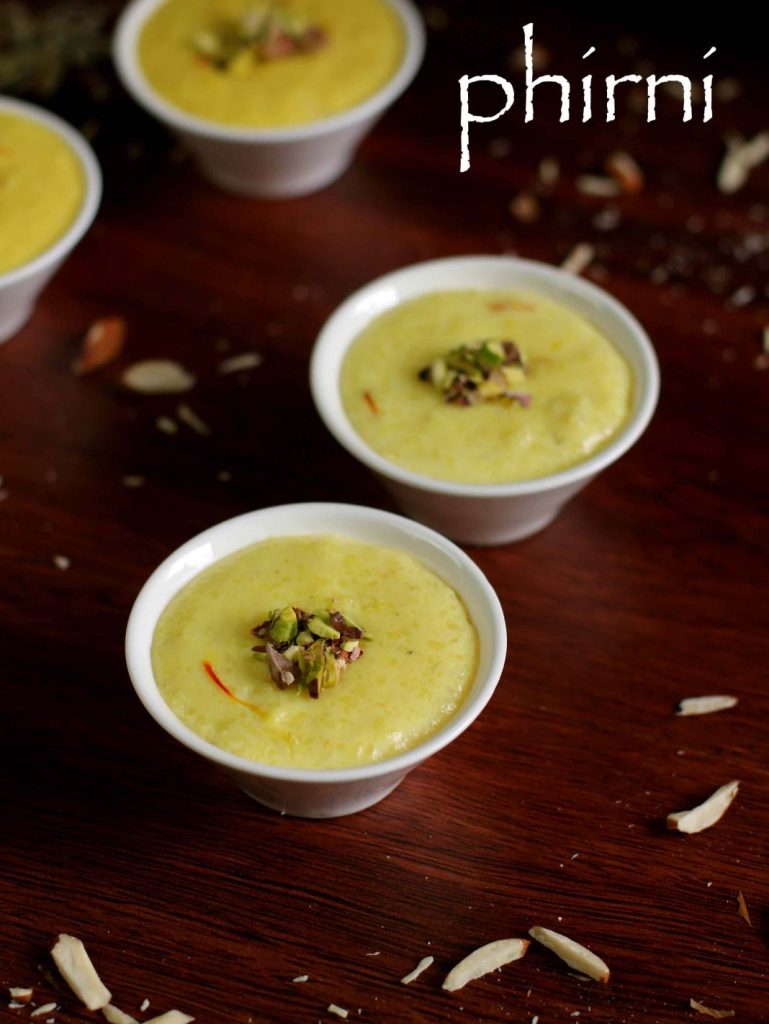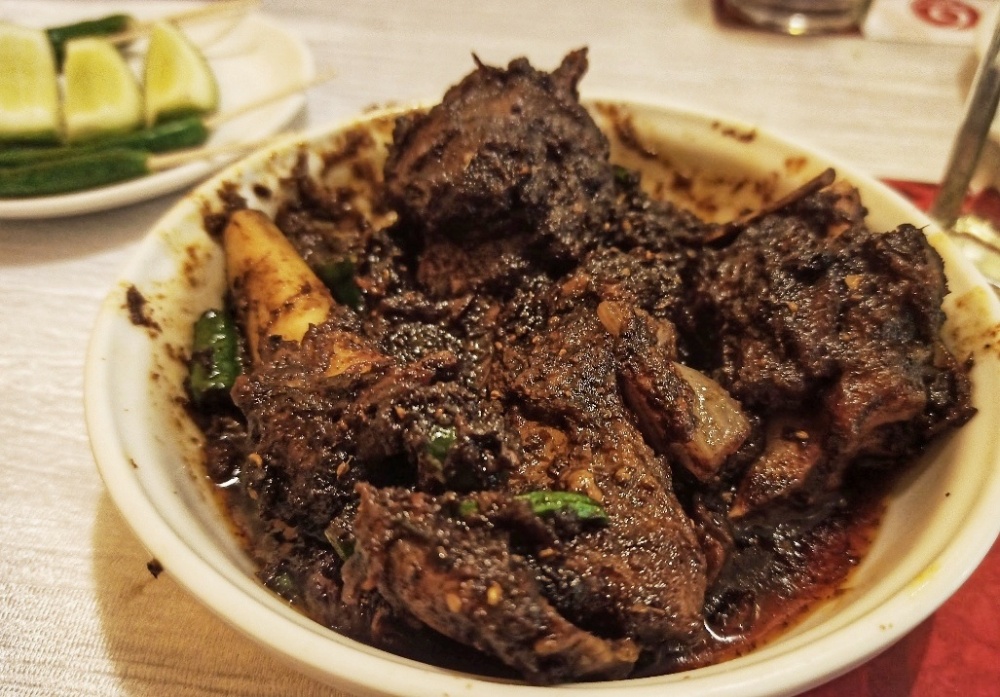Starches and Gels
There are a number of ways to thicken a sauce, soup or curry. Thickening helps intensify flavour and provide a better texture; a creamy clam chowder is definitely much more appealing than a watery bowl with bits of seafood floating in it. There are a number of possible thickening agents the resourceful cook can choose from. In this unique series, we will explore the major types of thickening agents through the lens of a pastry chef. Although we will not strictly adhere to sweet territory, the centerpiece of this series will include five desserts of the custard/pudding category.
For the first dessert, take milk in a saucepan and reduce it for around 10 minutes. To it add a mixture of basmati rice ground coarsely with a bit of water, along with a few strands of saffron. Stir and reduce the mixture till it starts to thicken. Add sugar, a tiny pinch of salt and powdered cardamom. When it reaches the right consistency, pour it into earthen pots and allow to set and voila, you’ve got phirni.
The thickening agent in a phirni is starch, perhaps the most commonly used thickener in the kitchen, and definitely the most common thickener in the savoury kitchen. Starches consist of long chains of glucose bundled up into clumps. When added to a hot liquid, these strands open up and interlink with each other, trapping the liquid within its mesh, thus thickening it.

An important thing to keep in mind while thickening liquids with starches is to disperse it in some liquid before adding it; add dry starch directly and it will clump together and not do its job, creating a thin, lumpy end-product. The simplest way is to use a mixture of starch and water called a slurry. Cornstarch slurries are commonly used to thicken sauces in Chinese stir-fries (More on stir-fries here).
Another way to disperse the starch granules is by mixing it with softened butter to form blobs of what the French call beurre manie, great for finishing soups and sauces. A cooked mixture of equal parts flour and butter is called a roux, the base of countless French sauces and the Louisiana gumbo.

It is the starch from rice which thickens and creates the creamy consistency of a risotto, payesh (rice pudding) or a phirni. Phirni is a North Indian dessert which has multiple subtle variations. At the heart of all of them lies a mixture of milk and sugar thickened with starch.
The version of phirni most popular in Kolkata is a staple of the Calcutta-Mughlai cuisine. The rice used here is the short grain, high-starch gobindobhog rice, the basis for khichuri and payesh which we talked about in our dissection of the bhog. As the mixture is stirred, more starch is released, leading to a thick, creamy concoction, the perfect ending to a meal of mutton biryani and chicken chaap (For more about the Kolkata biryani, click here).

Unlike starches, our next category of thickeners, the gelling agents, are almost never used as it is in the savoury kitchen. Gelatin, pectin and agar agar as ingredients primarily belong to the pastry kitchen. But gelatin plays a crucial, undercover role in the savoury kitchen, something we’ve talked about in our kosha mangsho article and 7-part slow cooked series from last winter (Check out the kosha magsho article here).
Braises are made with tough cuts of meat with a large amount of collagen-rich connective tissue. Collagen is made up of three strands of amino-acid chains wound together in a triple helix. As it slowly cooks, the strands of collagen break down into gelatin, which thickens the sauce and lends it a luscious mouthfeel.

When used as an ingredient, gelatin needs to be soaked in water, allowing the granules to activate and swell in size, a technique called blooming. The bloomed gelatin is added to the mixture you want to set. Add it to fruit juice and you’ve got jelly. Add it to a mixture of cream and milk, flavoured with vanilla, and you get panna cotta. You can play around with the flavours; masala chai and mango lassi are some great Indian options.
The classic panna cotta, however, is an exercise in simplicity: milk and cream, sweetened with sugar, flavoured with vanilla, and thickened with gelatin. With so few ingredients, there isn’t room to hide, the smallest of mistakes can become conspicuous. When made properly though, it is a masterpiece. Pair it with some berry coulis and you’ve got a dessert that’s hard to beat.

For the sake of completion, it is worth mentioning some of the other gelling agents used in the kitchen. Agar agar or china grass is made from seaweed and is a vegan alternative to gelatin. Agar is commonly used in places like Japan. Pectin is also a plant product and primarily used in jam-making and is abundant in apple cores, which is why apple cores are often thrown into the jam mix. Pectin creates an end-product with a firmer mouthfeel, like the chewy fruit pastilles.
There’s also xanthan gum, gellan gum and carrageenan that is used as thickeners in products like ketchups and yoghurt, and often employed in high-end restaurants for niche applications like thickening sauces to the perfect consistency. Speaking of which, do check out Adam Ragusea’s video on alternative starches for sauce thickening, which is beyond the scope of this series. We will do a dedicated saucemaking series soon.
In Part 2 of our journey, we will move on to dessert three, explore the role of yet another crucial thickening agent of the pastry kitchen.
One Comment Add yours